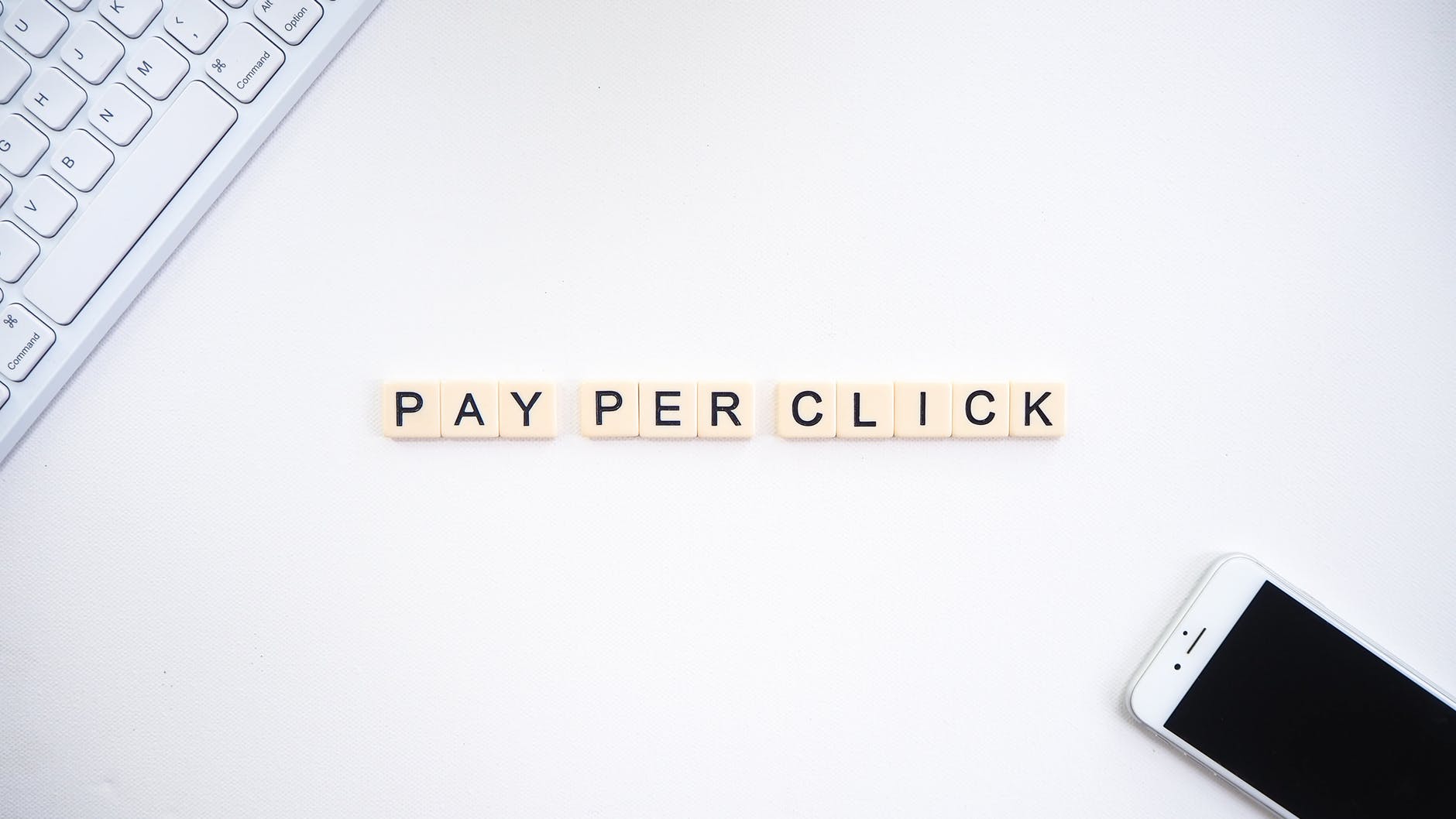Your Facebook ads can make or break your entrepreneurial dreams. Thus, it is important that you build an effective Facebook advertising strategy.
For one, the social media giant is a pay-per-click marketing channel. Meaning, you get to pay when someone clicks on your ads. And according to Voy Media, a Facebook Ads Agency, “As more businesses jumpstart their advertising campaigns on Facebook and other mediums, you can expect the [advertising] costs to skyrocket.”
That’s why you should have a solid Facebook PPC strategy. So, what makes a good PPC campaign?
1. Ads placement

According to a post on AdEspresso, your cost-per-click on a Facebook ad can vary by 700%. This depends on the ad placement that you are using.
For instance, placing your ads via Audience Network is cheaper than placing it on Instagram.
At the moment, there are nine ad placements on Facebook
- Facebook Desktop Newsfeed
- Facebook Mobile Newsfeed
- Right-hand Column
- Facebook Instant Articles
- Facebook In-stream Videos
- Facebook Suggested Videos
- Instagram Feed
- Instagram Stories
- Facebook Audience Network
However, a low cost-per-click does not mean the best result. Thus, it is best to experiment with different Facebook ad placements. That way, you will know which ads placement has the lowest cost-per-click and highest ROI.
2. Campaign objective

You may have heard of “the buyer’s journey.” In relation to this, Facebook requires you to pick an objective that is (1) relevant with your business goals and (2) based on the stage of the funnel that you want to target before running an ad.
These buyer stages and objectives are:
- Awareness Stage: Brand awareness, reach
- Consideration Stage: Lead generation, website traffic, engagement, app installs
- Decision Stage: Conversions, store visits, website traffic
It is important to know where your target customers are in the buying cycle. That’s because their interest and knowledge can vary to a large extent.
That said, you need to create different offers depending on your objectives if you want to run a Facebook ad campaign with high ROI.
3. Audience parameters

In relation to point #2, it is also important to know who your audience is. Their information will come in handy when creating a Facebook ad.
This information includes age, location, and interests. You can leverage these demographical data to target the right audience ‒ people who will surely act on and click through your Facebook ad.
There is also the Detailed Targeting option, which allows you to refine your target audience. This includes psychographic information like what they share on their timeline, the apps they use, ads they click, and more.
What’s cool about Facebook ads is that you get to save your target audience. That way, you do not need to set your audience parameters every time you run an ad campaign.
4. Ad copy
A great Facebook ad should be short and valuable. Sure, you need to explain your product or service to your audience. However, it does not have to be a mile long.
Emma Siemasko advises, “What does someone get out of using your product? How will it help them? These are the areas you should focus on in your copy, and you should get these points across in a clear, concise manner.”
In addition, it is best to use a simple language. Getting all poetic and flowery can muddle your message.
When writing a Facebook ad, remember these three points:
- What are you offering?
- How does it benefit your audience?
- What should they do next?
5. Engagement

Similar to point #5, your Facebook ads should promote value instead of selling something. In fact, some brands use Facebook ads to promote content or an event.
This includes experts who run an ad so that more people can discover and download their free guide. There are also those businesses that promote workshops, which eventually leads to a supplier-and-distributor relationship.
Just keep in mind that when promoting an event through Facebook ads, your ad title will default to the title of the event. So name your event wisely. Regardless, you get to have the opportunity to prove that you know your stuff.
A successful ad builds trust and creates deeper engagement before you go in for the sell.
6. Calls to action

According to James Mulvey, “The perfect Facebook ad is clear about the action it wants the prospect to take.”
Your Facebook ad can either catch and engage your audience attention or drive a direct action (e.g. installing your app). Ideally, your campaign should do both. However, mashing brand awareness and direct response rarely work.
Thus, it is important that you do not lose sight of your campaign objectives (see point #2).
If your ad is for the Awareness Stage, that’s where you should use CTAs that attracts attention and drives engagement such as “Read Our Blog”. On the other hand, an ad that requires direct response should have a CTA that creates a sense of urgency. For example: “Buy Your Early Bird Rate Tickets Today!”
7. Algorithm

Back then, Facebook uses ad algorithm to determine which ads should land on a user’s feed. All while providing a good user experience. However, their shift in priority in 2018 has changed how the algorithm and ad bidding work.
The social media giant no longer prioritizes ads with the highest bid. That’s because their focus is on user experience and ensuring that a user’s time spent on Facebook leans more towards connecting with people who matter.
Basically, your ad impressions (the number of views your ads can get) will be affected by these news feed ranking factors:
- Inventory: All the available content that is relevant to the user. Your ads will compete against that cat video that your target audience’s uncle shared on Facebook.
- Signals: These are engagements driven by your content, including comments and likes, shares, and replies.
- Predictions: Also known as “how likely your target audience will like your post.” This is based on their profile and previous behavior.
- Score: Or how relevant your content is to your target audience.
For a more in-depth understanding of how the Facebook algorithm works, check out this post from Joshua Boyd.
A successful Facebook ad campaign boils down to two things: Your business goal and the value that your product or service can bring. When you are clear about these two, rest assured that you have a Facebook ad that is aligned with your brand and target audience.




